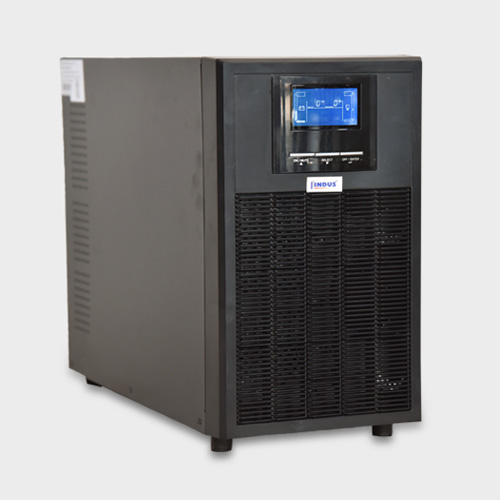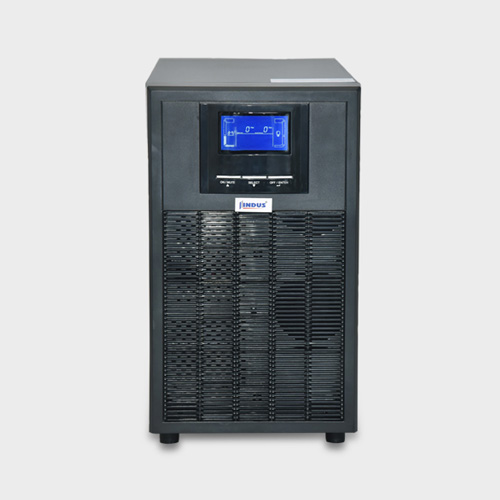Online UPS


An Online UPS (Uninterruptible Power Supply) is a device that provides a continuous and stable power supply to connected equipment. It offers protection against power interruptions, voltage fluctuations, and power surges by ensuring a seamless transition to battery power when the main power supply fails. Here’s how an Online UPS typically works and its key features :
How an Online UPS Work
Double Conversion Process
- AC to DC Conversion : The incoming AC power is converted to DC power.
- DC to AC Conversion : The DC power is then converted back to clean, stable AC power for the connected devices.
Battery Backup
- The UPS includes a battery that charges continuously when AC power is available.
- In the event of a power failure, the battery provides immediate power without any interruption.
Key Features
- Continuous Power Supply : Provides a seamless power supply to connected devices, ensuring zero transfer time during power outages.
- Voltage Regulation : Maintains a constant output voltage, protecting equipment from voltage fluctuations and power surges.
- Noise Filtering : Filters out electrical noise, providing clean power which is critical for sensitive electronic equipment.
- Battery Management : Includes intelligent battery management systems to optimize battery life and performance.
- Monitoring and Management : Often comes with software for monitoring power conditions and managing the UPS remotely.
Advantages
- Zero Transfer Time : Unlike other types of UPS systems (such as line-interactive or offline UPS), an Online UPS provides instantaneous power transfer with zero transfer time.
- Enhanced Protection : Provides superior protection for critical applications and sensitive equipment, such as servers, data centers, and medical devices.
- High Reliability : Ensures high availability and reliability for mission-critical applications.
Disadvantages
- Cost : Generally more expensive than other types of UPS systems.
- Heat and Energy Consumption : The double conversion process generates more heat and consumes more energy compared to line-interactive or offline UPS systems.
Online UPS systems are ideal for environments where power quality is critical and cannot be compromised, such as data centers, hospitals, and industrial applications.
1 Phase In – 1 phase Out
- 5 KVA -144 VDC
- 6 KVA -180 VDC
- 8 KVA -180 VDC
3 Phase In – 3 phase Out
- 10 KVA – 360 VDC
- 15 KVA – 360 VDC
- 20 KVA – 360 VDC
- 25 KVA – 360 VDC
- 30 KVA – 360 VDC
- 40 KVA – 360 VDC
- 50 KVA – 360 VDC
- 60 KVA – 360 VDC
- 80 KVA – 360 VDC
- 100 KVA – 360 VDC
- 120 KVA – 360 VDC
3 Phase In – 1 Phase Out
- 10 KVA – 360 VDC
- 15 KVA – 360 VDC
- 20 KVA – 360 VDC
- 25 KVA – 360 VDC
- 30 KVA – 360 VDC
